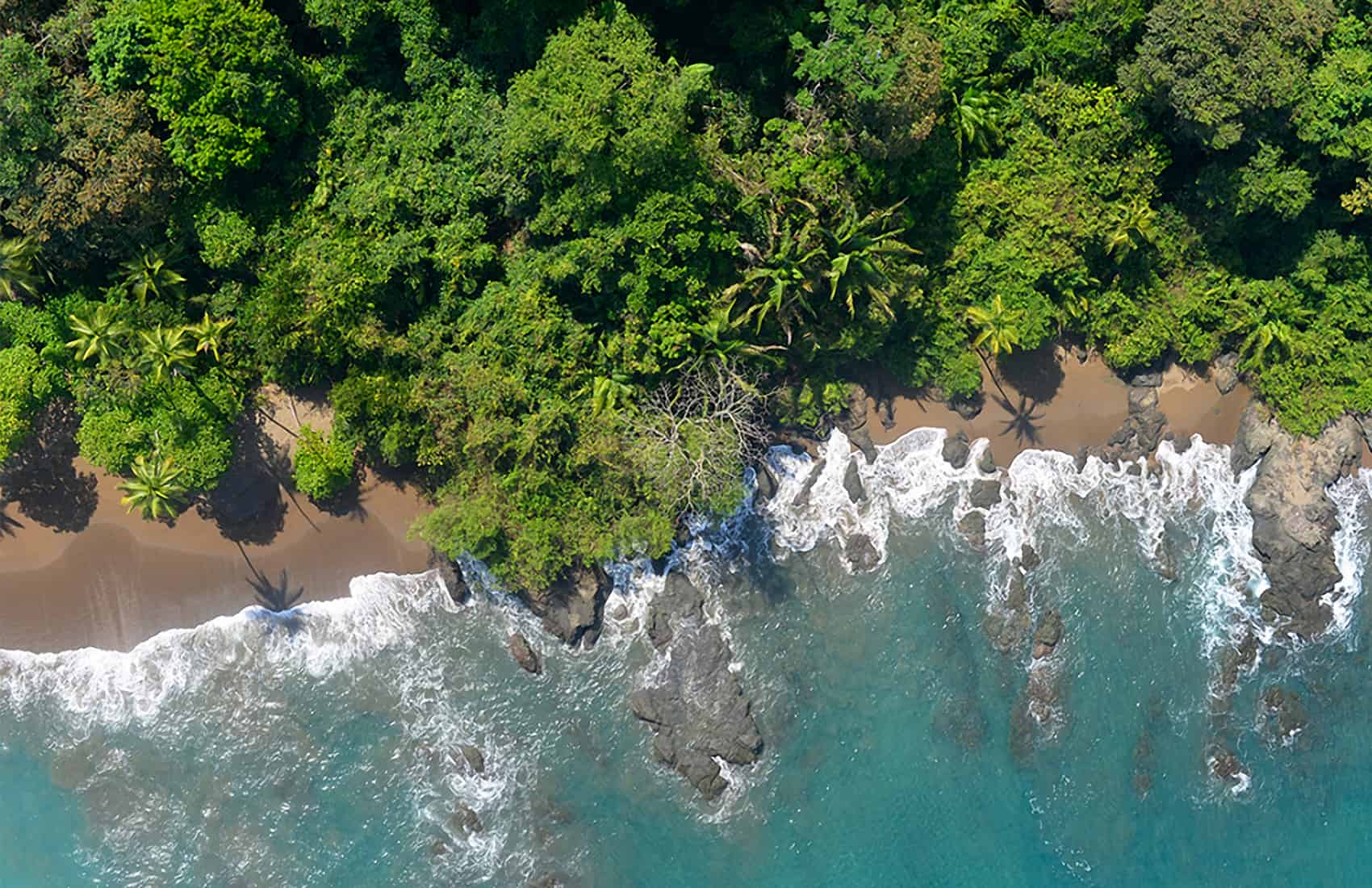The Costa Rican government is encouraging citizens to enjoy the country’s natural attractions during Semana Santa (Easter Holy Week):
Under the premise of reactivating the economy and complying with all health protocols, the Ministry of Environment and Energy (MINAE), the National System of Conservation Areas (SINAC) and the Costa Rican Institute of Tourism (ICT) urge national and foreign citizens to visit the country’s 29 Protected Wildlife Areas during this Holy Week.
The main objective is to support the tourism sector — heavily hit by the pandemic — which depends on visits to hotels, shops and other establishments adjacent to national parks.
Recently, the Minister of Tourism, Gustavo Segura, detailed that the losses are estimated at least $3 billion through the affectation of 55,000 workers.
“We extend an invitation to Costa Rican families to tour Costa Rica with exhaustive respect for the health measures to prevent COVID-19 because we are still in a pandemic,” he said.
In addition, he reiterated the call to rediscover our country during Holy Week, looking for new destinations in all regions, new experiences both on the beach, mountains and rural communities to recharge energies and appreciate to the maximum the natural beauties and extensive biodiversity that Costa Rica offers.
The director of SINAC, Rafael Gutiérrez, indicated that national parks have also been hit by the crisis.
“In the case of protected wildlife areas, the low visitation left a deficit of at least ¢8 billion in the national park fund, which corresponds to a deficit of 17% of its budget,” he explained.
“National parks, by their nature and the diversity of productive chains they generate, are an opportunity to mitigate the effects of the pandemic on the tourism sector.”
During 2020 and 2021, tourist offerings have been improved through investments in infrastructure.

The Minister of Environment and Energy, Andrea Meza, said that the institution has intensified work to promote community tourism, thus contributing to the social and economic development of the population.
“Protected Wildlife Areas generate direct and indirect jobs, allow the development of tourism activity and commercial activity in general. SINAC is stimulating domestic demand, as a strategy that provides the resources to the local tourism sector for its reactivation,” she said.
The president of the National Commission for Risk Prevention and Emergency Response (CNE), Alexander Solís, called for maintaining all care for the prevention of the transmission of COVID-19.
“It is very important, especially when visiting tourist sites such as national parks in coastal areas, that we do not lower our guard, because we are facing an increase in cases of infection by COVID-19 in the last week,” he said.
Responsible tourism. SINAC and the CNE urged those who are going to visit Protected Wildlife Areas this Holy Week to do so responsibly, protecting their lives and that of others.
The main joint call by the institutions is to respect the only legal access to areas of public use of the national parks officially established by SINAC, where tourist activity is allowed while guaranteeing conservation of ecosystem resources and the safety of people.

Prevention. MINAE-SINAC offers the following tips for responsible tourism:
1. If you are traveling with a tour operator or guide, verify they have the ICT certifications and/or the corresponding operating permits.
2. When visiting a National Park or other destination, be sure to do so through the official accesses, duly labeled and at the allowed time.
3. Once in the Protected Wildlife Area, follow sanitary protocols such as: hand washing and disinfection, the distance of 1.8 meters between bubbles, the use of a mask inside the facilities, among others.
4. If you are inside a National Park, follow the recommendations of the park ranger, duly identified, and if you are in another destination, ask local people for guidance.
5. Perform only the permitted activities to avoid dangers.
6. Remember to bring appropriate clothes and other essentials to your destination to make your trip more pleasant.
7. Single-use plastics are not allowed within Protected Wildlife Areas.






